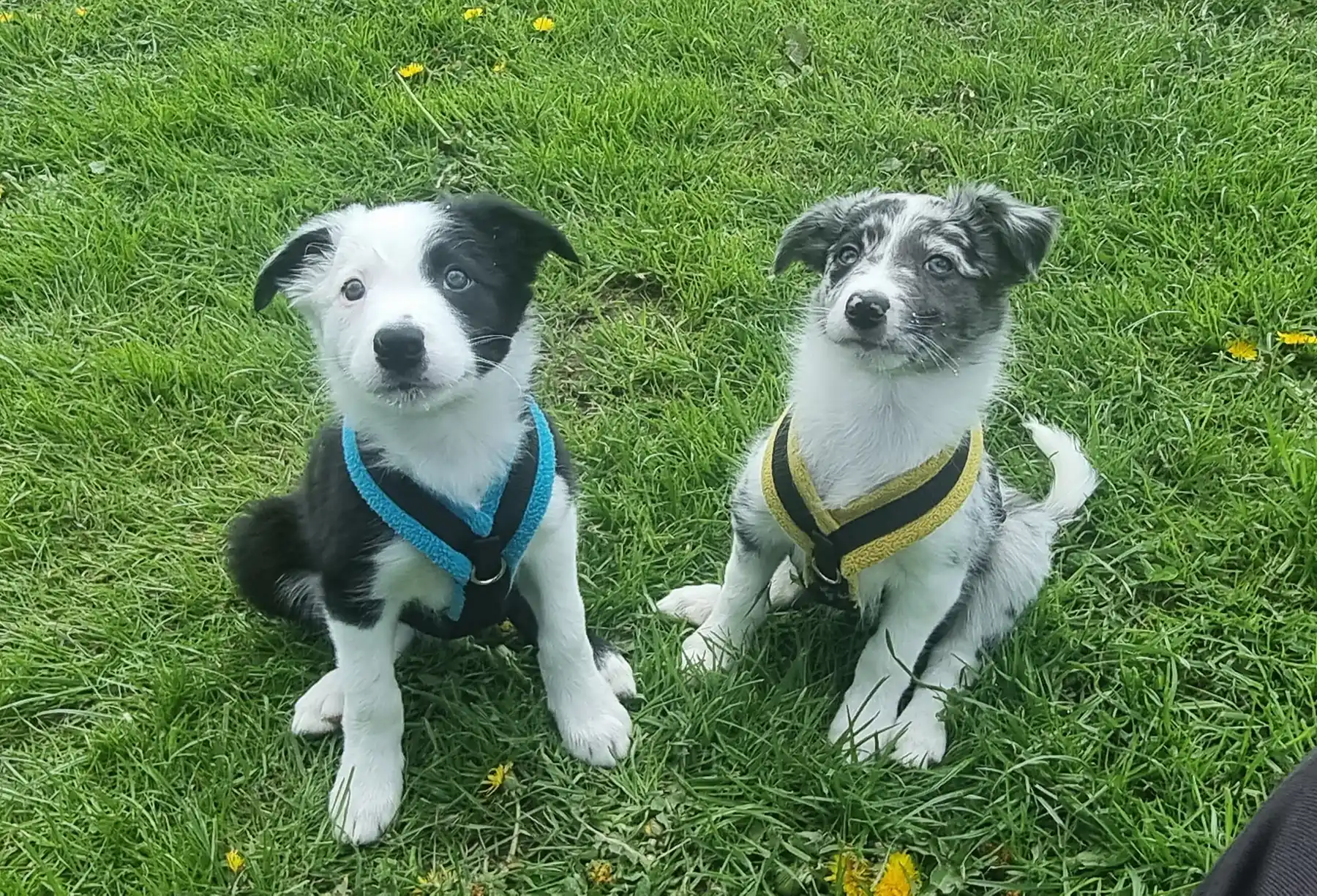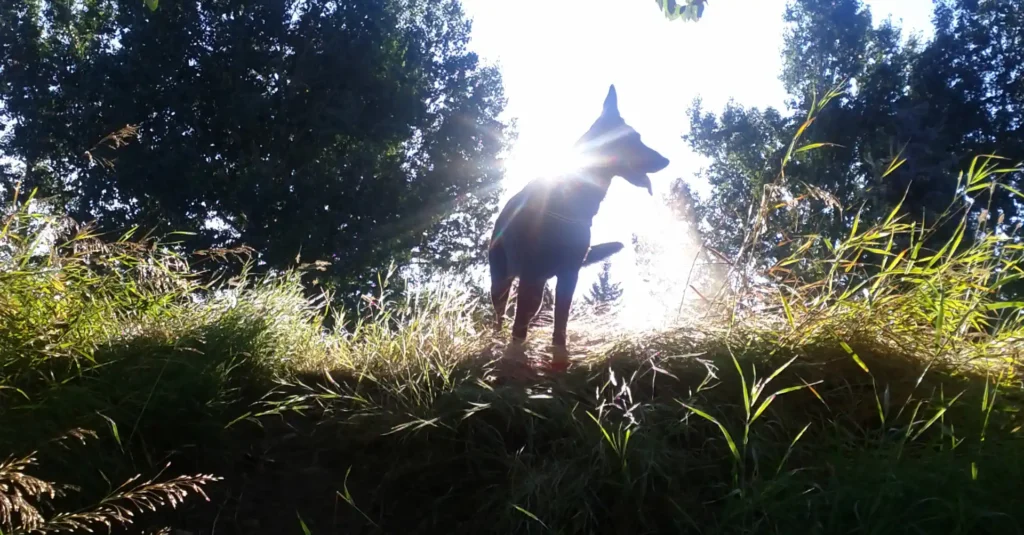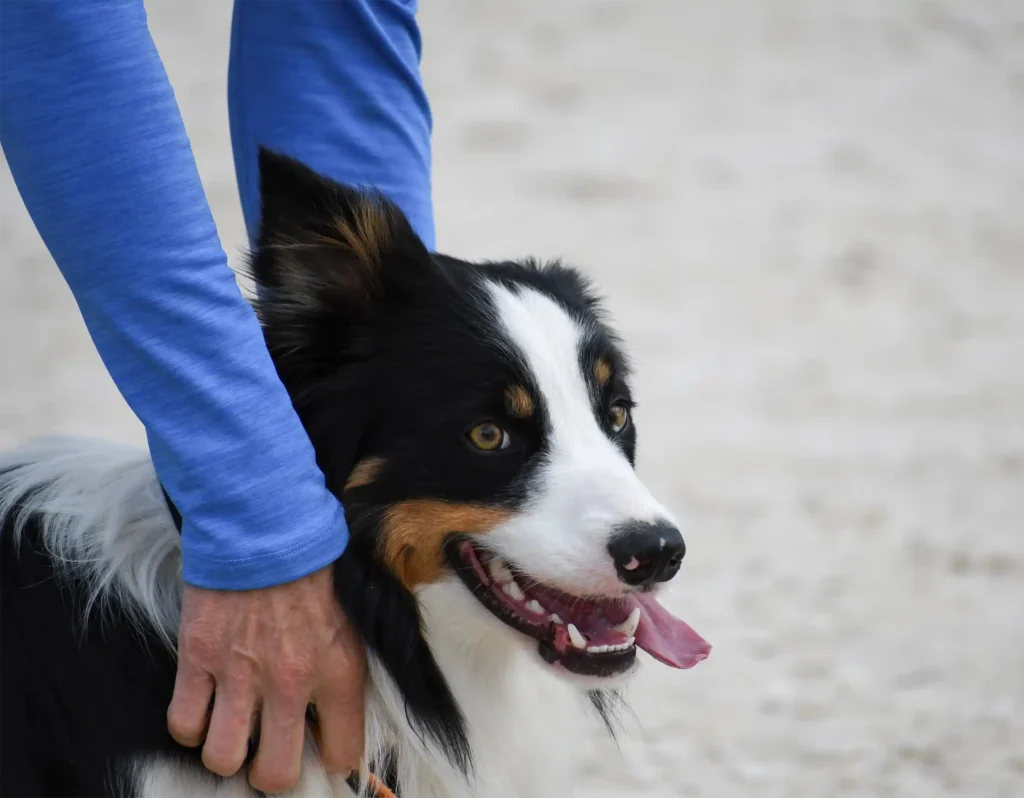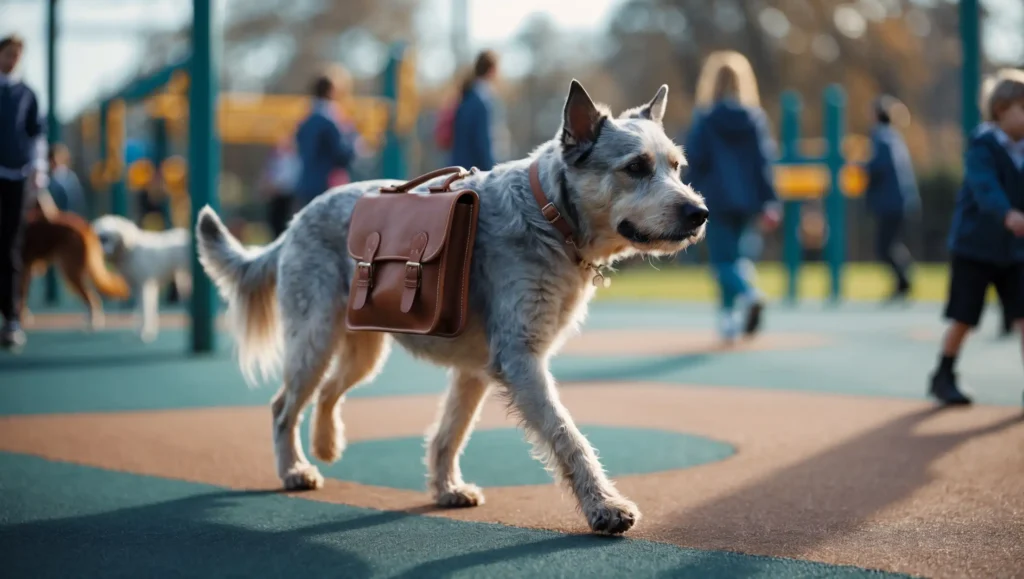Over this past year, I’ve had several clients add a new puppy to their household with a current resident dog. In some of these cases, the adult dog had dog-to-dog aggression issues, or had behavioural problems that included reactivity and poor household manners. In all cases, creating a safe transition and a smart training plan to avoid the puppy learning bad behaviours was top of mind!
Here are a few strategies that my clients found useful in the early weeks/months, to keep both the puppy safe and the resident dog happy in the formation of the new pack.
Start on Neutral Ground: Supervised Outdoor Walks
Regardless of how much the resident dog likes puppies, the first few days or weeks should include careful management and leashed introductions. I like starting these outside where both dogs have space and can move about somewhat freely. For early interactions, start with quiet neighborhood or backyard walks as a good introduction – just up the block and back. These little walks encourage both puppy and adult dog to sniff and engage in the environment rather than put the focus entirely on each other. It takes the pressure off the “face to face” interaction, and yet still provides an opportunity to have both dogs get a sense of each other.
If you can, get the two to walk alongside and direct them to the smells in the bushes and to explore the terrain together. Sniffing is such a calming activity and the strongest of the dog’s senses to gather information about the world around them. Being outside, with more space and freedom to move naturally, there is less pressure on the adult dog and without resources in play (the dog’s toys, bed, person, etc) less to get upset over.

Managing Indoor Introductions Safely
If outdoor meetings aren’t possible, then a room in the house with the dog and puppy divided by a baby gate can work as well. Inside the house, there is more potential for problems to occur so keep the dog and puppy separated until you have a strong sense of how the adult dog is feeling. Make sure the baby gate you are using is sturdy and high enough to discourage jumping.
Enrichment projects indoors can bring peace to things; that could include a bully stick, a licky mat, or a frozen Toppl. Use extra caution when high-value food items are present to prevent any resource guarding – they should only be given on either side of a gate initially. This also includes mealtimes. Young puppies are not yet adept at reading “stay away” body language from other dogs. That needs to be learned, and sadly this is often when accidents are most likely to occur.
Read the Room: Understanding Your Adult Dog’s Cues
Observing your adult dog’s body language can be a good indicator of how receptive the dog is to a puppy interaction. My young adult male LOVES puppies and because of this we often get requests to puppy-sit. When puppies come to visit, Killy offers multiple play bows and chooses to stay by the baby gate or the crate, giving his classic helicopter tail wag (the happiest of tag wags) if the puppy tries to engage. Killy’s behaviour clearly tells me he wants to interact with the puppy because of his choices to be near and because of his soft, playful body language.
Keep Playtime Short, Sweet, and Supervised
Keep play, both inside and out of the house, to a few minutes and, if things get rowdy, intervene. Just because both dog and puppy want to engage in endless hours of play doesn’t mean you should allow it. Some devastating injuries have occurred in my clients’ puppies when playing roughly with larger, stronger adult dogs. Personally, I like to keep the tone in the house calm – I need my dogs to understand what behaviour is allowed in which environment, and the house is a calm place. That leadership direction comes from me.
Patience is Key: When to Slow Down
Other dogs take a much longer time to warm up to a puppy. If you are concerned about aggression, contact a trainer or behaviourist for specific guidance. I’ve had clients take a solid four months to get the puppy safely integrated into the household and this is an area that can’t be rushed and is nuanced. Again, puppies are not adept at reading cues from adult dogs to give space and so it is our job to manage that and work on exercises that build confidence and trust.
Nurturing the Newcomer: The Importance of Solo Training
With a puppy, you also want to take time to do a lot of individual work with the new addition. Sadly, it means putting the adult dog on a bit of a back burner. Solo walks, puppy classes, and social outings are all an important part of socialization and education and allow you the time to give your full attention to your new puppy – and to allow your puppy to be his own dog out in the big wide world.
If your adult dog has leash reactivity, you want to protect your puppy from that as it will be a quickly learned behaviour – and then you have two leash reactive dogs to walk. Double the fun – no! It is important that you are the guiding force in what your puppy learns and for that reason, much of his learning experiences need to involve mostly you – alone. Years ago I worked with a client who had a highly leash-reactive dog and she was bringing a puppy into the home. My biggest piece of advice – and one she took to heart – was to walk the puppy separate from her adult dog for a solid year. Her puppy grew up to be a very calm, confident dog on leash and that in part her putting in the extra effort it took to walk two dogs separately. It paid off.
I currently share my life with two dogs – one 10 years of age and one 3 years – and love the dynamic of our household. But I had to put a lot of work and thought into how to get to the place we are at now. I used many of the steps I outlined above. The first year, which typically is the toughest, went by without incident! It will be my strategy for the next addition – quite possibly in the next year.
Good luck with your puppy rearing – and don’t forget to make special solo time for your adult dog!

The first puppy year is magical, but it’s also a critical learning period. If you want expert guidance to turn that puppy chaos into canine confidence, Vancouver’s Zen Dog is here to help you build a positive, lifelong relationship.
Invest in your puppy’s future with first-steps learning:
- Kindergarten – Our premier socialization class for puppies aged 9-14 weeks.
- Puppy Grade One – Transferring puppy skills into early outdoor learning.
- Puppy Grade Two – Park games for senior puppies.
- Puppy Jump Start – Our Kindergarten “crash course” in the comfort of your home.


